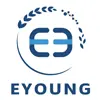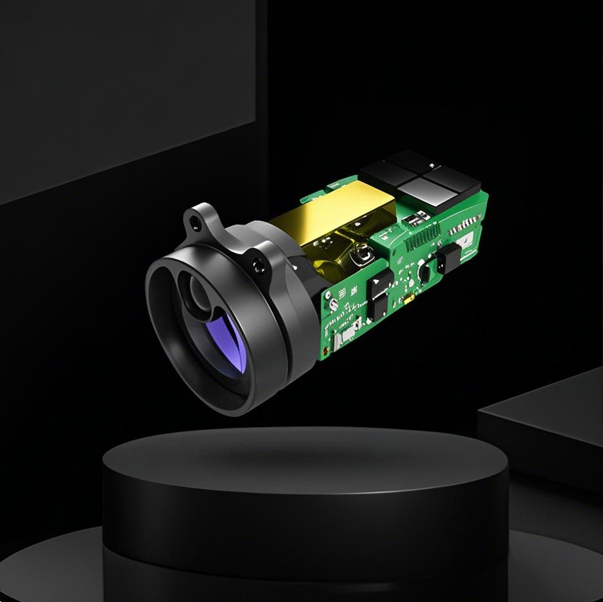
Call Me
+86-29-8450-3191
Email
sunny@eyoungtec.com
When choosing a laser rangefinder module, the following key parameters should be considered based on the actual application requirements:
Select the laser rangefinder module based on the required measurement distance:
Short Distance: Suitable for high-precision measurements within a small range (e.g., positioning in manufacturing equipment).
Medium to Long Distance: Suitable for industrial sites and other scenarios. Common ranges include 10m-2000m, 3000m–30km, or even further.
Measurement Accuracy: Indicates the deviation between the measured result and the actual value (e.g., ±1m or ±2m).
Resolution: The smallest measurable unit, generally the smaller the resolution, the more precise it is (e.g., 0.1m).
Laser Grade
Class 1: Highest safety grade, suitable for scenarios with higher human eye safety requirements.
Class 2: Allows short-term exposure to the eye, but caution is still advised.
Wavelength
The operating wavelength of the laser (e.g., 905nm infrared light and 1535nm eye-safe wavelength).

Lighting Conditions
Indoor Use: Low light interference environment.
Outdoor Use: Designed to withstand strong light interference.
Protection Grade
IP65, IP67, or higher, ensuring dust and water resistance.
Ambient Temperature
Operating temperature range (e.g., -20°C to +70°C).
Eyoung's laser rangefinder module uses advanced laser technology to provide high-precision distance measurement solutions. The module features a compact and lightweight design, making it easy to install and integrate, and is widely used in systems requiring precise distance measurements. With ultra-high sensitivity and advanced antenna shaping technology, Eyoung's laser rangefinder module can not only accurately emit laser signals but also effectively receive reflected signals, ensuring precise measurement results.